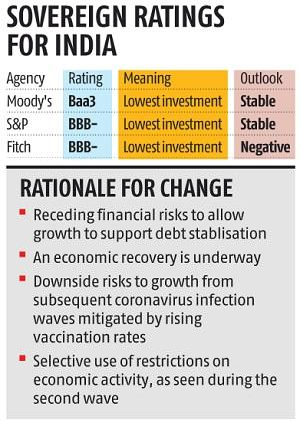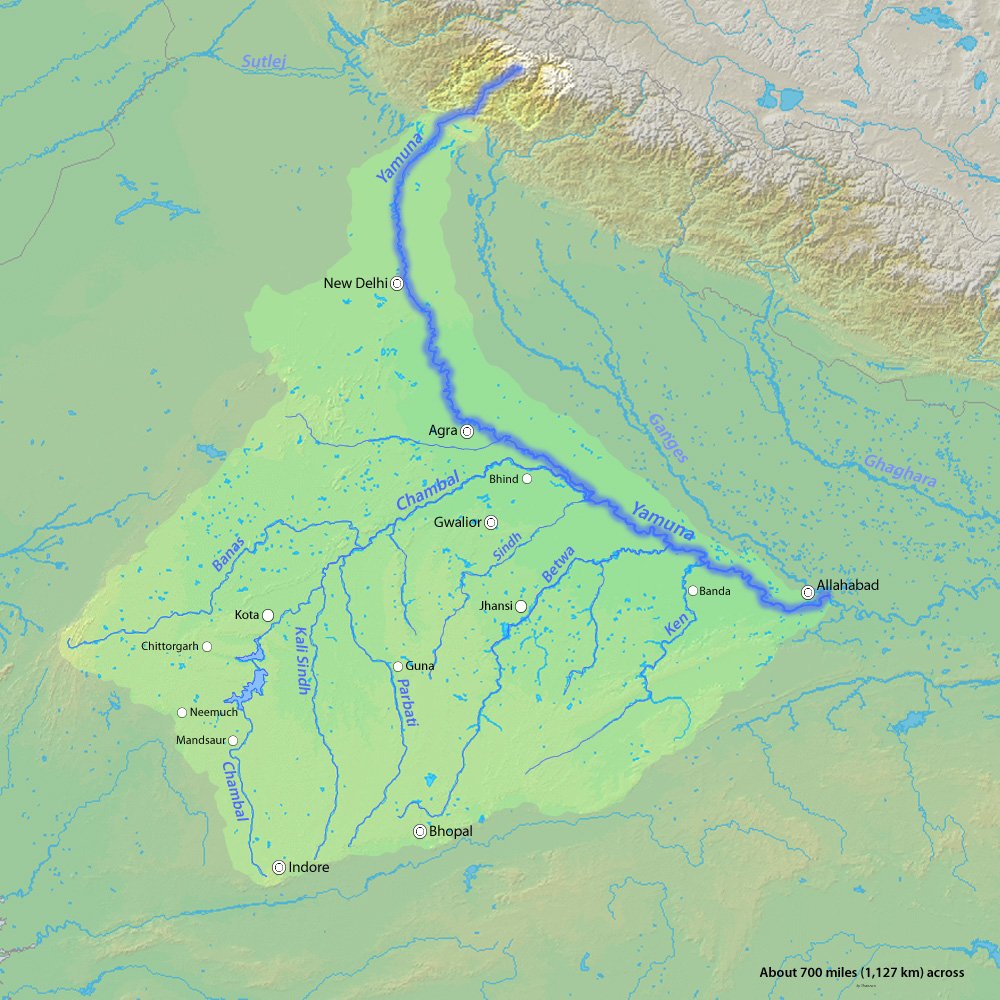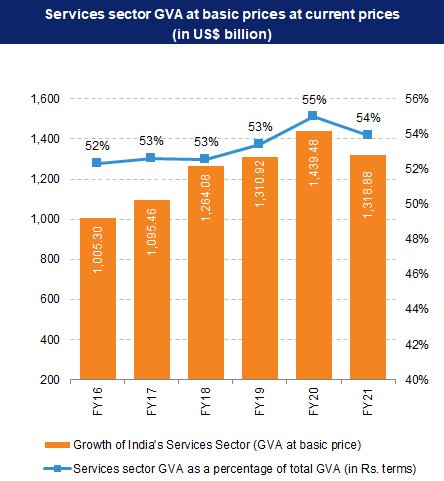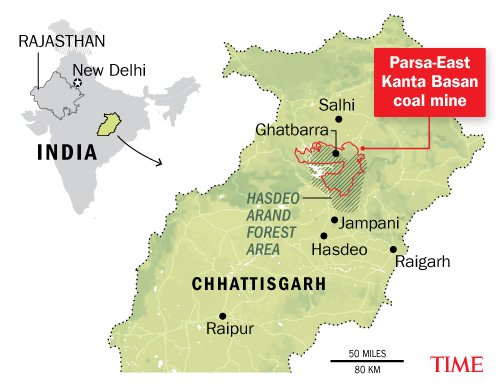
Warming groundwater due to climate change
Subscribers of "Current Affairs" course can Download Daily Current Affairs in PDF/DOC
Subscribe to Never Miss an Important Update! Assured Discounts on New Products!
Must Join PMF IAS Telegram Channel & PMF IAS History Telegram Channel
- Context (IE): As per a study published in the journal Nature Geoscience, groundwater is projected to warm by 2-3.5 degrees Celsius between 2000 and 2100 under a medium emissions scenario.
Implications of warming groundwater

Credit: Nature
Negative impacts
- Threaten groundwater biodiversity due to impact on the reproductive cycles of temperature sensitive species.
- Increase metabolic rates of microbes, thereby accelerating cycling of organic and inorganic matter.
- Trigger harmful algal blooms due to an increase in soluble phosphorus.
- Raise ambient temperature of surface water systems thermally influenced by groundwater discharge.
- Threatens the thermal suitability of benthic ecosystems and spawning areas for fish, posing a major risk to fisheries and other dependent industries.
- Impact on health due to growth of pathogens such as Legionella spp.
- Impact on spring ecosystems. For e.g. changes in the reproduction cycles & food web interactions of crenobionts (true spring water species), as they have a very narrow temperature optimum and tolerance.
Positive impacts
- Accumulated thermal energy can be recycled through shallow, low-carbon geothermal energy systems. Thus, it can satisfy local heating demands.
Status of groundwater in India
- India is the largest user of groundwater in the world. It uses an estimated 230 cubic kilometers of groundwater per year – over a quarter of the global total.
- Groundwater contributes approximately 62% to irrigation, about 85% to rural water supply, and roughly 45% to urban water consumption.
- The Indo-Ganga-Brahmaputra plains, covering a mere 20% of the geographical area, possess 60% of the country’s groundwater resources, accentuating the concentrated distribution.

Credit: Indpaedia
Factors determining groundwater extraction
- Size of landholdings
- Density of population
- Water-intensity of crops planted
- Water users’ behaviour
- Legislation and administration of groundwater
- Power subsidies for pumping irrigation water
Impact of declining groundwater
- On food security: A 1-meter decline in groundwater from its long-term mean results in an approximately 8 percent reduction in food grain production.
- On poverty: As groundwater depth falls below 8 meters, poverty rates increase by around 11 percent.
- On water quality and marine ecosystems: As water tables decline, the remaining groundwater is often subject to increased salinity and contamination. Higher salinity levels adversely affect the health of aquatic ecosystems, leading to changes in species composition and potential declines in biodiversity.
- On topography: Excessive groundwater extraction is associated with land subsidence due to the compaction of aquifer sediments.
- On water bodies: As aquifers are depleted, less water is discharged into coastal areas and oceans, contributing to a rise in sea levels and changes in the salinity levels of estuarine and coastal waters.
- For e.g., Rivers such as the Indus and Colorado no longer reach the oceans as a consequence of decreased groundwater contributions.
Challenges to groundwater resource management
- Unfettered legal access that landowners (such as farmers) have to extract groundwater.
- Energy subsidies have led to excessive water extraction using electric pumps.
- No powers with CGWB to stop GW extraction in identified critical areas.
- Decisions such as cropping pattern and cropping intensity are usually made independent of groundwater availability.
- Inefficient agricultural practices such as flood irrigation and over-irrigation.
- Unregulated drilling of private wells and fragmented institutional responsibilities hinder effective governance.
- Data collected by different government agencies, research institutions, and NGOs often exist in silos, making it challenging to develop a holistic understanding of the groundwater situation.
- Widespread contamination of groundwater due to pollution by landfills, septic tanks, overuse of fertilisers and pesticides, and naturally occurring contaminants (arsenic, fluoride).




![PMF IAS Environment for UPSC 2022-23 [paperback] PMF IAS [Nov 30, 2021]…](http://pmfias.b-cdn.net/wp-content/uploads/2024/04/pmfiasenvironmentforupsc2022-23paperbackpmfiasnov302021.jpg)











